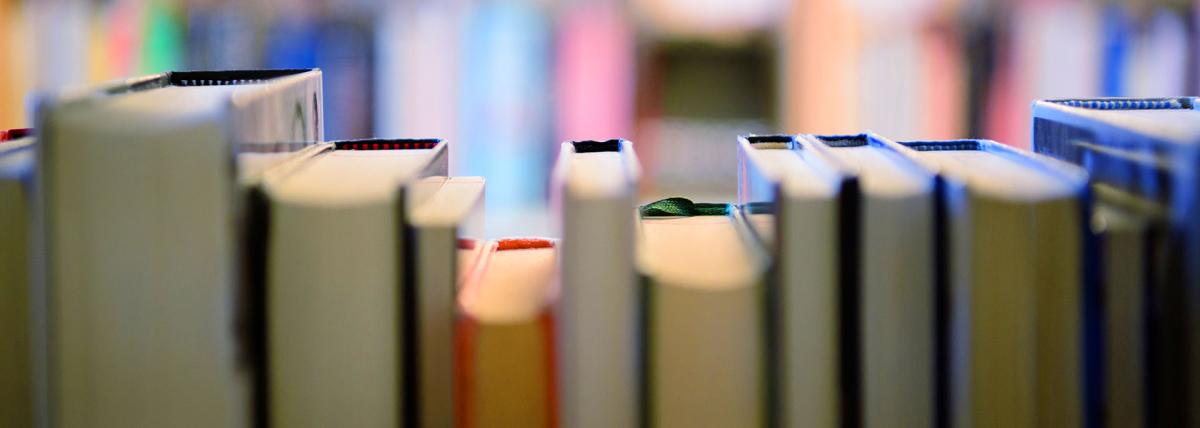This is a phenomena-based introduction to how emission spectra of elements and the connection to electrons and energy levels. Students first get to explore the emission spectra of several gases using
Radioactive Orbs
This lesson focuses on using the engineering design process and simple machines to design a device that the students can use to safely transport radioactive orbs across the span of 8 feet. Students
Students will read and respond to the story, Room on the Broom. Then students will plan and create a sturdy broom to hold as many pumpkin candies as possible.
This is the second part of two lessons on density. This lesson is on the density of liquids following the first lesson on density of solids. The lesson is a lab on layering several liquids with
This lesson is on density of solids. It's one lesson of two. This lesson should be first since it introduces density but it can be revised and used after the density of liquids. The lesson has a short
Pumpkin Jack Part One
This lesson includes fourth grade reading, writing, math, science, and engineering standards. The potential is endless with additional enrichment activities. Students participate in the nurturing and
This lesson takes a look at 3 different injuries and the different systems that are affected and the math behind the functions of the body and medical interventions.
Get ready to learn about density! This is a density lab involving hot and cold-water layering, salt density layers, and a PHET online lab simulation.
This lesson provides a quick and easy to understand introduction to Binary code. In this lesson, we focus on binary numbers whereas, subsequent lessons can focus on the binary alphabet.
Students observe particle movement for solids, liquids, and gases. They then write Pseudocode for coding particle behavior and then they code particle movement on Scratch for the three states/phases
This lesson could be a Part II for the 3D modeling atomic theory lesson using Tinkercad, or this lesson can be delivered independently. In this lesson students fill out an atomic theory timeline and
Students learn about atomic theory and the scientists that theorized new atomic models from experiments they conducted. Students then create a 3D model for each advancement in the theory timeline
Making a wave machine to learn about the parts of the wave. This is the foundational learning piece before heading into the seismic building challenge.
In this lesson, you'll witness the sparkle in your student's eyes as they become Candytopia explorers and chemists, making observations, grouping candies, and creating their own Candy Periodic Table
This lesson incorporates science, math and writing. Students will get to make and taste grilled cheeses and determine what ingredients and what methods they think will make the best grilled cheese
This lesson plan is designed for 8th graders to introduce the periodic table as well as learning how molecules are formed and what they look like. Students will engage in a Science, Technology, and
In this lesson, students will first learn the importance of using reliable tools when gathering data in an experiment. When given common acidic and basic substances, students will then begin to
Students will read the original version of The Three Little Pigs and then explore different versions of the story. After exploring, they will complete a compare & contrast chart on two or three of the
Students will read and explore the idea of leprechauns and traps. Then, using the Engineering Design Process students will have to build a leprechaun trap.
This lesson plan aims to incorporate Science, Engineering, and Math subjects into the Digital Book Project. Students paraphrase in simple words the explanations of chemical reactions in everyday life
In this lesson students learn how CRISPR works by running a gene editing lab. They get to explore the components of the gene editing system, make experimental predictions. Transform bacteria with
In this hands-on lesson, students learn about the types of microorganisms in water and how to sterilize the water. They analyze the data and create graphs. Students participate in a whole class and
Students will use a known lab to represent photosynthesis in action. They can use this template for the lab and pick another variable to collect data on to complete the story on how photosynthesis
In this lesson, the students will observe matter that has endured a temperature change. They will make predictions about what they think will happen to a form of matter after choosing if it will be
Featured Lesson Plans
Check out these notable lesson plans.

Makey Makey Storyboards

Sphero Rocket Payload Mission



